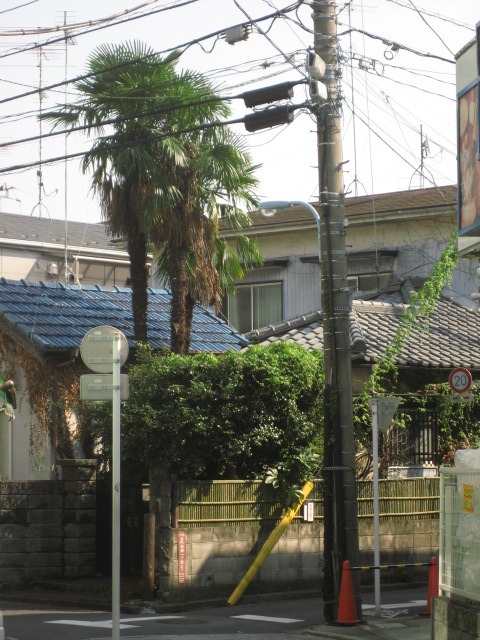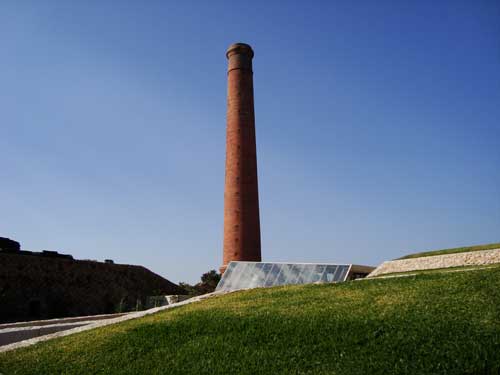
In spring the sustainability director of ARUP showed me the incredible designs for Inujima Art Project, and I had known immediately that I wanted to visit and see it for myself. In an earlier post, I discussed its zero energy use through a creative natural cooling, heating and lighting system, and its wastewater recycling program.
Also listed was the the architecture by Sambuichi Hiroshi, art by Yanagi Yukinori using elements from Mishima Yukio’s house and writings, and the benefactor Fukutake Soichiro, Benesse‘s owner and the creator of nearby Naoshima, another island in the Seto Inland Sea.
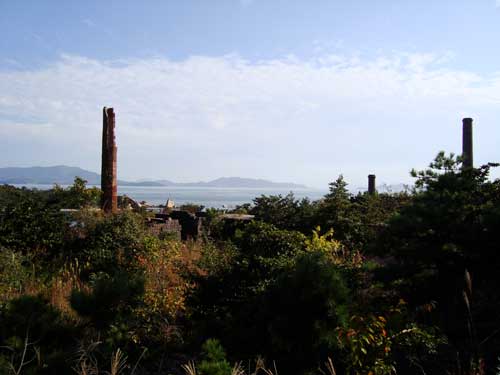
Visiting Inujima on a beautiful fall day in October and spending the night in a school house closed many years ago and converted into a hostel was an incredible experience combining nature, recent history, art, and questions about Japan’s industrial past and its 21st century future.
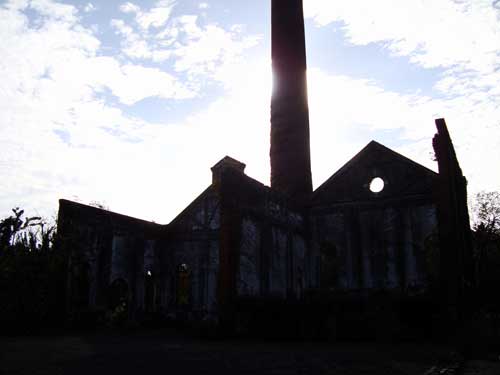
Inujima in the early 20th century was a small island with over 3,000 inhabitants in the early 20th century. In a brief period of ten years, Inujima was the site of a massive seirenshou, or copper refinery, placed in the Seto Inland Sea to keep the intense pollution away from Japan’s population centers. With the collapse of copper prices after only ten years, the refinery closed and the island entered a long period of decline.
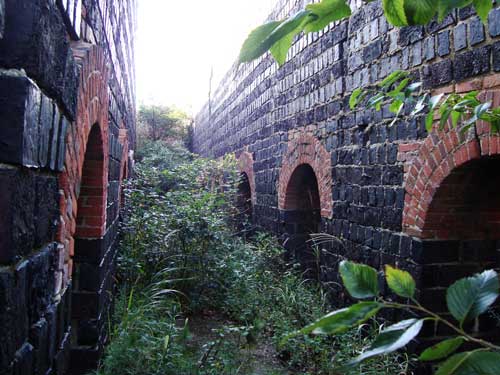
Today there are approximately 50 residents, with an average age of 70 or more. The chimney built just before the refinery closed now serves as an integral part of the zero emissions temperature system in the new museum structure. Earlier chimneys had less structural integrity, and large parts of the refinery, including its original power station, are now being reclaimed by thick forest.
After the jump, a discussion of the art work and the island today.
Continue reading →






